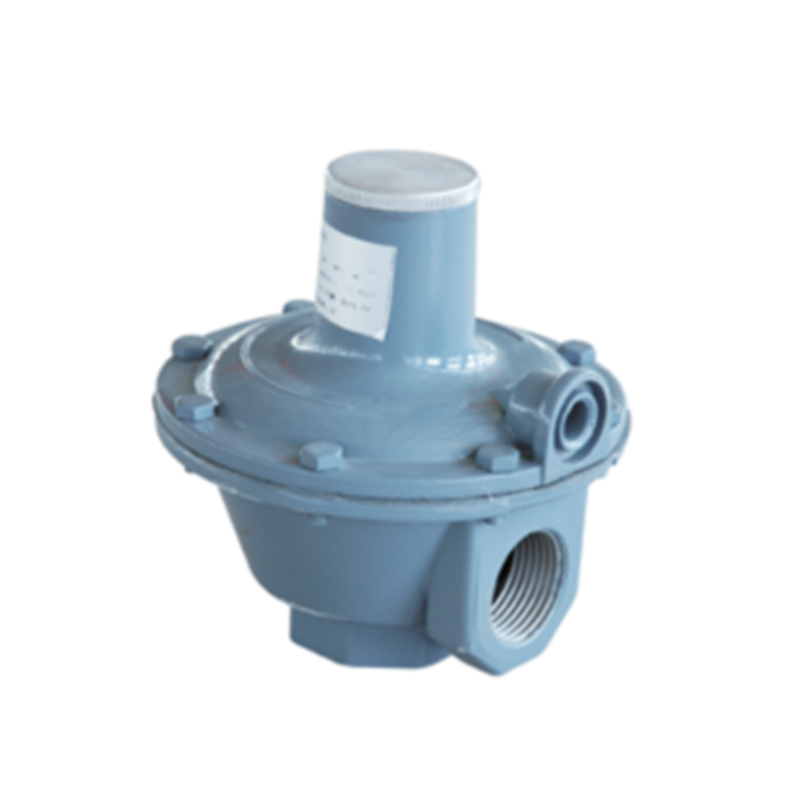
8 月 . 16, 2024 15:46
Back to list
Thermal Exchange Systems for Efficient Energy Transfer Solutions
Understanding Heat Exchangers Principles and Applications
Heat exchangers are critical components in a wide range of industrial and residential applications, used primarily to transfer heat from one medium to another without the two fluids mixing. This principle plays a crucial role in improving energy efficiency, enhancing productivity, and promoting sustainable practices across various sectors.
Principles of Heat Exchange
At the core of heat exchanger functionality lies the principle of thermal conduction and convection. Heat flows from a hotter medium to a cooler one, and this transfer can be optimized through various designs and configurations of heat exchangers. Typically, these devices consist of a series of tubes or plates that facilitate heat transfer between two fluids (liquid or gas). The efficiency of a heat exchanger depends on factors such as surface area, fluid properties, flow arrangement (counterflow, parallel flow, or crossflow), and the temperature difference between the two fluids.
Types of Heat Exchangers
There are several types of heat exchangers, each designed for specific applications
1. Shell and Tube Heat Exchangers Comprising a series of tubes, this type allows one fluid to flow through the tubes while another fluid circulates around them. This configuration is widely used in power plants, oil refineries, and chemical processing.
2. Plate Heat Exchangers Consisting of a series of thin plates stacked together, these exchangers provide a large surface area for heat transfer in a compact design. They are commonly used in food processing, HVAC systems, and refrigeration.
3. Air-Cooled Heat Exchangers These exchangers use air to cool a fluid, often employed in power generation and petrochemical applications. They are particularly useful in locations where water is scarce.
.
Applications of Heat Exchangers
مبادل حراري

The applications of heat exchangers are extensive and critical to various industries
1. Power Generation In thermoelectric power plants, heat exchangers are used to transfer heat from combustion gases to water, turning it into steam to drive turbines.
2. Chemical Processing Heat exchangers facilitate chemical reactions by efficiently managing temperature, ensuring optimal conditions for production processes.
3. HVAC Systems In heating, ventilation, and air conditioning systems, heat exchangers are vital for maintaining thermal comfort while optimizing energy use.
4. Food and Beverage Industry Used in pasteurization, refrigeration, and heating processes, plate heat exchangers play a significant role in food safety and quality.
5. Transportation In automotive applications, heat exchangers, such as radiators, are essential for maintaining engine temperatures and ensuring vehicle performance.
Challenges and Innovations
Despite their widespread use, heat exchangers face challenges such as fouling, corrosion, and maintenance costs. Innovations continue to emerge, focusing on enhancing heat transfer efficiency, reducing environmental impact, and incorporating smart technologies for better monitoring and control.
The advancement of materials science also contributes to the development of more durable and efficient heat exchangers. Research into nanofluids and advanced manufacturing techniques, such as 3D printing, promises to revolutionize heat exchange technologies.
Conclusion
Heat exchangers are indispensable in achieving energy efficiency and sustainability in countless applications. Understanding their principles, types, and applications is crucial for engineers and technicians tasked with designing systems that optimize heat transfer. As industries evolve, ongoing innovations in heat exchanger technology will be key to addressing the challenges of energy consumption and climate change, paving the way for a more efficient and sustainable future.
Latest news
-
Unlocking The Quality Gas Pressure ReducersNewsNov.01,2024
-
The Role of Gas Pressure Reducing StationsNewsNov.01,2024
-
The Importance and Functionality of Safety Relief ValvesNewsNov.01,2024
-
The Essential Role of Safety Valves in Natural Gas ApplicationsNewsNov.01,2024
-
The Essential Role of Gas Pressure RegulatorsNewsNov.01,2024
-
Enhance Your Premium Gas FiltersNewsNov.01,2024

